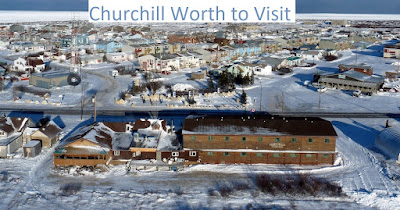
Singapore is a small but mighty island city-state located in Southeast Asia. Despite its small size, Singapore has made a name for itself as a global hub for business, finance, and tourism. In this article, we will delve into the history, culture, and attractions that make Singapore such a unique and fascinating place.
History
Singapore's history can be traced back to the 14th century when it was known as Temasek, which means "sea town" in Javanese. It was a bustling trading port for the Malacca Sultanate and the Majapahit Empire. In the 16th century, Singapore was invaded by the Portuguese, who were followed by the Dutch and the British. The island became a British colony in the 19th century and was an important trading hub for rubber, tin, and other commodities.
During World War II, Singapore was occupied by the Japanese, who brutally tortured and killed many civilians and prisoners of war. After the war, Singapore was returned to British rule, but the people of Singapore began to agitate for independence. In 1959, Singapore became a self-governing state within the British Commonwealth, and in 1965, it gained full independence.
Culture
Singapore is a diverse and multicultural society, with people of Chinese, Malay, Indian, and European descent living together harmoniously. This diversity is reflected in Singapore's food, music, and architecture. One of the best places to experience this cultural fusion is in the hawker centers, which are open-air food courts that offer a wide variety of affordable dishes from all over the world.
Singapore is also home to many museums, galleries, and performing arts centers, which showcase the country's rich history and cultural heritage. One of the most popular attractions is the Marina Bay Sands complex, which features a casino, a luxury hotel, and the iconic rooftop infinity pool.
Attractions
Singapore is known for its impressive skyline, with towering skyscrapers and modern architecture. One of the most popular attractions is the Gardens by the Bay, which features giant Supertrees, flower domes, and a cloud forest. Visitors can take a walk on the suspended walkway and enjoy panoramic views of the city.
Another must-see attraction is the Singapore Zoo, which is known for its innovative and immersive animal exhibits. Visitors can take a night safari to see nocturnal animals, or have breakfast with the orangutans.
For those interested in history and culture, the National Museum of Singapore and the Asian Civilisations Museum are great places to learn about Singapore's past and present. The Merlion, a mythical creature with a lion's head and a fish's body, is another iconic landmark that is worth a visit.
Business and Finance
Singapore is also a global hub for business and finance, with many multinational corporations and financial institutions having their regional headquarters in the city-state. Singapore has a strong economy and a favorable business environment, with low taxes, a well-educated workforce, and excellent infrastructure.
Singapore is also known for its strict laws and regulations, which help maintain its reputation as a safe and clean city. The country has a zero-tolerance policy for drugs, and littering, jaywalking, and smoking in public places are all heavily fined.
Conclusion
In conclusion, Singapore is a fascinating and unique city-state that offers something for everyone. Whether you are interested in history, culture, food, or business, Singapore has it all. With its impressive skyline, world-class attractions, and multicultural society, Singapore truly is a city like no other.
#Singapore, #travel, #culture, #history, #food, #business, #finance, #architecture, #gardensbythebay, #MarinaBaySands, #zoo, #Merlion, #museums, #hawkercenters, #multicultural, #skyscrapers, #AsianCivilisationsMuseum, #NationalMuseumofSingapore, #nightlife, #cleanliness, #sustainability, #SoutheastAsia




